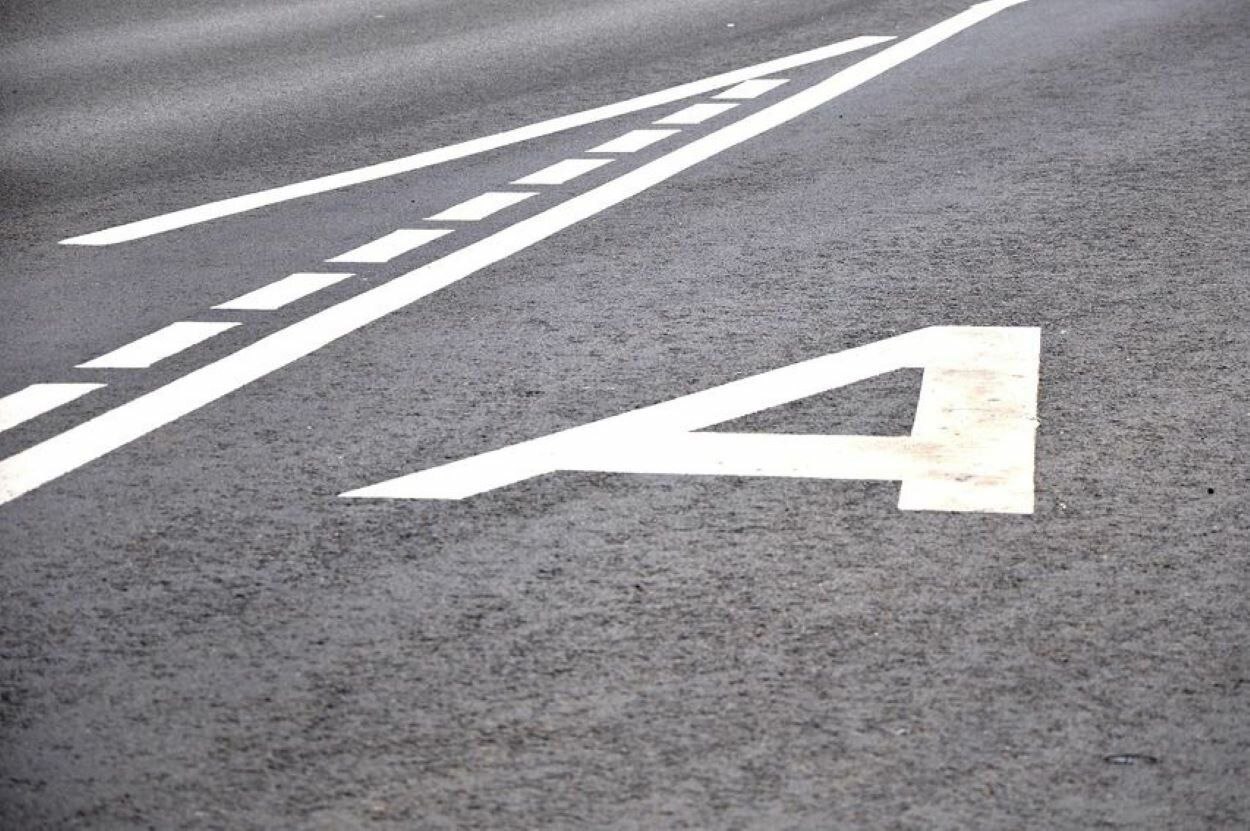In winter, a new traffic collapse is expected on the streets of Tashkent. The authorities are preparing for this and are working on introducing dedicated lanes for buses on 13 highway sections with the installation of smart traffic lights at intersections.
The collapse on the streets of Tashkent will be “more severe than September 2022,” Murad Abidov, director of the Project Office for the Integrated Development of the Capital’s Transport System under the Ministry of Transport of Uzbekistan, told Gazeta.uz.
According to the data he provided, about 300 new cars are registered in Tashkent every day. Today, the total number of vehicles registered in the capital has already exceeded 700 thousand. Taking into account the cars entering the city, more than 800 thousand vehicles move around Tashkent every day.
“Already today, the transport load on the infrastructure is almost at its limit. We must solve transport problems and satisfy the population’s growing demand for movement over the next five to seven years,” said Murad Abidov.
One of the solutions to the problem of street congestion is to ensure the priority of public transport and increase the reliability of its operation. This winter, dedicated lanes for buses and minibuses finally appeared on some sections of central streets. They do not yet work as they should everywhere, but the effect is already noticeable.
During the current year, the capital plans to introduce dedicated lanes on 13 of the existing 34 main routes, as well as install “smart” traffic lights of coordinated control at intersections located on these corridors. There are more than 190 such intersections.
By 2025, it is planned to increase the daily passenger traffic of public transport to 3 million passengers. To do this, in addition to replenishing the bus fleet, it is necessary to purchase new metro trains.
“But this is also not the limit, because, according to our preliminary calculations, today 6 million passengers a day have a need for movement,” said Murad Abidov. “In the future, depending on the concentration of demand, we will improve the same bus system and consider, among other things, other types of public transport.”
According to the data he provided, about 300 new cars are registered in Tashkent every day. Today, the total number of vehicles registered in the capital has already exceeded 700 thousand. Taking into account the cars entering the city, more than 800 thousand vehicles move around Tashkent every day.
“Already today, the transport load on the infrastructure is almost at its limit. We must solve transport problems and satisfy the population’s growing demand for movement over the next five to seven years,” said Murad Abidov.
One of the solutions to the problem of street congestion is to ensure the priority of public transport and increase the reliability of its operation. This winter, dedicated lanes for buses and minibuses finally appeared on some sections of central streets. They do not yet work as they should everywhere, but the effect is already noticeable.
During the current year, the capital plans to introduce dedicated lanes on 13 of the existing 34 main routes, as well as install “smart” traffic lights of coordinated control at intersections located on these corridors. There are more than 190 such intersections.
By 2025, it is planned to increase the daily passenger traffic of public transport to 3 million passengers. To do this, in addition to replenishing the bus fleet, it is necessary to purchase new metro trains.
“But this is also not the limit, because, according to our preliminary calculations, today 6 million passengers a day have a need for movement,” said Murad Abidov. “In the future, depending on the concentration of demand, we will improve the same bus system and consider, among other things, other types of public transport.”
